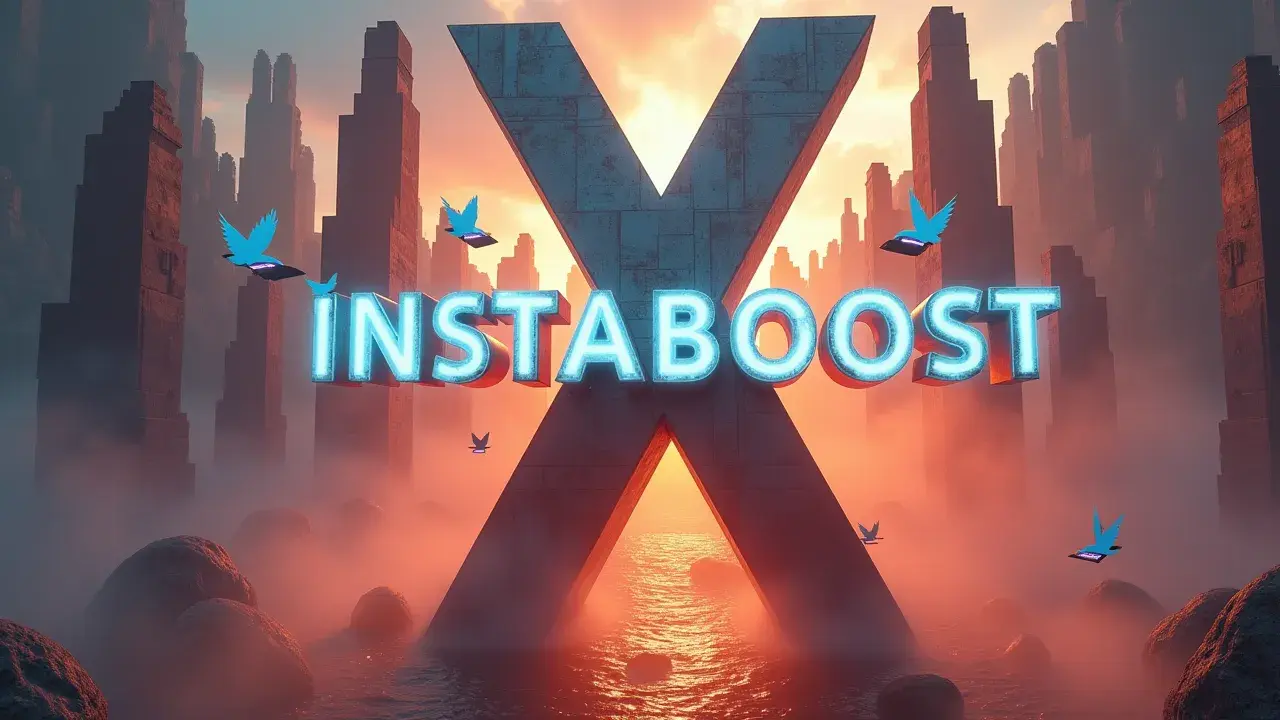Will Paid Followers Survive the Next Algorithmic Purge on X (Twitter)?
Paid follower counts are likely to shrink when algorithms target inauthentic behavior. X’s latest purge aims to elevate authenticity, which can limit reach inflated by low‑quality or bot accounts while rewarding real engagement. Outcomes hinge on follower quality, interaction patterns, and consistency with platform signals that indicate genuine influence. Investing in authentic audiences and measurable engagement is the smart path for durable reach and credibility.
The Rising Stakes of Artificial Popularity
A lot of people buy followers on social media now – creators, brands, even public figures – mainly to boost their numbers and look more important. It’s especially noticeable on X (which used to be Twitter), where the number you have on your profile can change how people see you, whether advertisers might want to work with you, and how many people actually see your posts. But lately, as X keeps tweaking its algorithms, it’s getting trickier to tell if someone’s following is real or if they paid for it.
The platform is putting a lot of effort into smarter systems to catch things like purchased likes or bot accounts trying to make a thread get more attention. What that means is, if you’re relying on paid followers, you’re taking a bigger risk than before – your numbers might disappear, and your reputation could take a hit, too.
Services like INSTABOOST seem less certain now, and people who use them have to wonder if it’s worth risking their account for a boost that could vanish with the next update. At this point, it feels like the bigger question isn’t really about whether paid followers are going to last, but whether they make sense at all, now that real engagement actually matters to the platform.
With X cracking down, it’s becoming less about trying to game the system and more about figuring out how to stand out in a way that actually means something – maybe the only real strategy left is to grow naturally on X.
Services like INSTABOOST seem less certain now, and people who use them have to wonder if it’s worth risking their account for a boost that could vanish with the next update. At this point, it feels like the bigger question isn’t really about whether paid followers are going to last, but whether they make sense at all, now that real engagement actually matters to the platform.
With X cracking down, it’s becoming less about trying to game the system and more about figuring out how to stand out in a way that actually means something – maybe the only real strategy left is to grow naturally on X.

The Fragile Illusion of Influence
Trust isn’t really about flashy moves or doing something big all at once; it settles in bit by bit, through the everyday choices you make. On X, it’s easy to look important if you want to – huge follower counts, big numbers on your profile. But that’s not where real credibility comes from.
It shows up in how you talk to people, whether you listen, whether you’re actually part of the conversations happening there. You can buy followers from all sorts of places, like INSTABOOST or lesser-known sites – there’s even the option to pick up a cheap Twitter fanbase if you’re just after numbers – and yes, your account might look busy on paper. But those accounts aren’t real people who care about what you’re saying.
They won’t reply to your posts, ask questions, or share your stuff because it meant something to them. After a while, that gap becomes clear. It’s not just people who notice, either – X’s algorithm is starting to pay more attention to what’s real and what isn’t. Genuine replies, thoughtful shares, actual likes from people who read your posts – those are the things that matter now, not the total at the top of your profile.
If most of your followers never engage, it’s easy for anyone looking to figure out what’s going on. With all the talk around fake engagement these days, maybe brands and creators need to think more about what influence actually looks like – whether it’s a number, or the conversations and connections behind it. There’s always a risk of getting caught when the rules change, but losing the trust of people who are actually paying attention is something harder to fix. In a way, it feels like we’re all being asked to be a little more honest about what matters here.
Building Resilience in a Shifting Landscape
It isn’t really about how quickly you can grow your account – it’s more about whether that growth can hold up over time. Every time X rolls out a new algorithm update, the accounts that stick around are usually the ones where people have put in the effort to actually talk to others, reply to comments, and keep showing up. High follower numbers look impressive, and it’s easy enough to boost them by buying followers or chasing trends, but those numbers usually don’t hold up when things change – especially if most of those followers aren’t actually interested in what you’re sharing.
Lately, X seems to be focusing even more on real conversations – actual replies, shares, and back-and-forth discussions that show you’re adding something to the community. If you’re only focused on getting your numbers up, that can fall apart pretty fast when the platform shifts direction. The accounts that do well over time seem to be the ones where growth is steady and genuine, sometimes with support like running targeted ads or working with a growth partner like INSTABOOST, but always with the aim of finding people who are actually interested in what’s going on. Even with all the tools out there to help scale likes for Twitter, what really lasts is sharing something useful, being present in discussions, and making it clear why someone might want to stick around. That’s what makes an account stand out, even if everything else is up in the air.
The Cost of Chasing Numbers
Buying followers on X might look like a quick fix, but there’s a lot to consider. The platform’s always getting better at telling the difference between real and fake engagement, so those numbers you pay for usually don’t stick around. After an algorithm update, it’s pretty common to see a sudden drop as bots and fake accounts get cleared out.
And losing those followers is only part of the problem. If your account has a lot of followers but not much interaction, X might start to limit who sees your posts, or even flag or suspend your account. I’ve seen people mention that their posts seemed to take off after buying followers, but things often slow down when the fake activity disappears – even if, at least on the surface, numbers like increase tweet views on X look impressive.
Services like INSTABOOST make it easy to buy numbers, but actual influence comes from real conversations and people who actually care about what you’re saying. X now rewards that kind of engagement, so accounts built on genuine connections tend to hold up better over time. If you’re weighing the idea of paying for followers, it’s worth thinking about how the next algorithm update might change things.
Real Relationships, Real Staying Power
It’s not about trying to outwit the next algorithm update on X. What really matters is what you’ve actually built when fewer people were paying attention. If your main focus is on buying followers or trying to inflate your numbers, you might see a spike at first, but those numbers don’t hold much weight over time.
The accounts that last aren’t usually the ones with the biggest follower counts – they’re the ones with steady, real conversations, people who come back because they actually want to. As the platform gets better at spotting fake engagement, any temporary boost from buying followers tends to fade pretty quickly. What sticks is the genuine stuff: people who comment, push back, or lend support, even when things are quiet. It’s a bit like those services promising targeted retweets on X; they might give you a bump, but it doesn’t compare to the kind of engagement that grows naturally over time.
That’s what the platform is looking for, and that’s what lasts through every change. Instead of wondering whether some paid followers will make it through the next update, it’s worth asking if what you’re putting out there will stand up when things shift around. Shortcuts like INSTABOOST might seem tempting, but numbers alone won’t hold up if there’s nothing real underneath. The accounts that keep going, through every change, are the ones built on real interest and steady effort. Sometimes it’s easy to get caught up in stats, but the steady, honest work is what ends up mattering.















